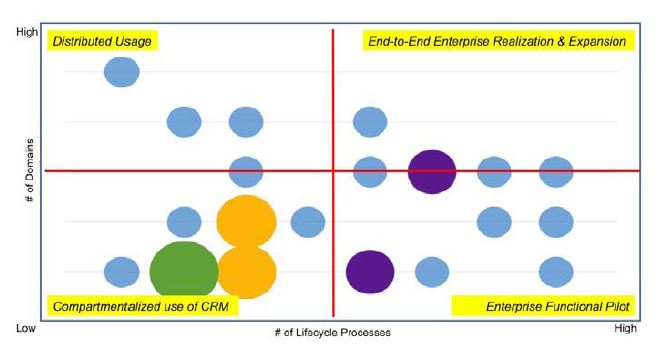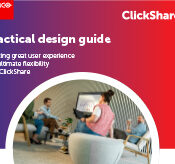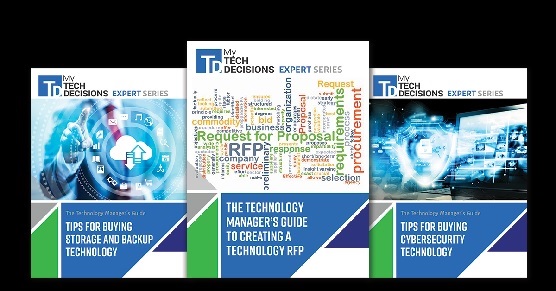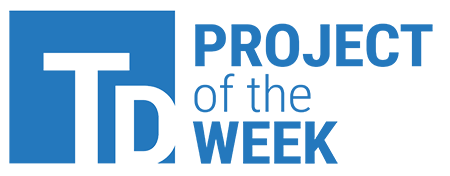Aside from providing students with an education, colleges bend over backwards to ensure attendees have a good experience on campus. As a result, colleges are finding new ways to track students’ journeys from acceptance to graduation, including students’ grades, class attendance, or even why a student transferred to another institution. More and more institutions are evolving their tracking tactics from paper and spreadsheets to CRMs, Constituent Relationship Management solutions.
The heaviest use of CRM in higher education comes in the areas of recruiting and admissions. Enrollment and retention are also areas that are seeing widespread use. There are four distinct usage profiles for how CRM is implemented in higher education:
- Compartmentalized Use of CRM – Limited use of CRM within the institution
- Distributed Usage – Use of CRM focused on a few CRM lifecycle phases across multiple domains
- Enterprise Functional Pilot – Use of CRM focused on CRM lifecycle across a limited number of domains
- End-to-End Enterprise Realization & Expansion – Use of CRM across multiple processes and multiple domains.
CRM Implementation Approaches
Many schools that implement CRM allow system implementations to be managed by the departments themselves, and empower those departments to be self-sufficient in their budgeting, operations and management. This represents a decentralized model.
As opposed to a school where the management of these systems is overseen by a core team that defines the vision, processes, and systems to be used. A centralized model typically has a cross-functional leadership team, where teams leverage a common system and management structure.
CRM governance helps establish the program guidelines, but also reflects the institutional culture relative to the software implementation. In the case of governance it’s often found that departments follow the lead of other successful departments. Once one department sees success with a CRM platform, other departments feel comfortable to try it themselves. This is known as a domain expansion model.
In a lifecycle expansion model, the CRM governance plan establishes program guidelines for a full roll-out of the CRM platform. Departments are pushed into adopting the CRM platform, but as long as there are timely and sufficient communications there are few issues in this type of plan. It mostly comes down to execution.
In the Domain model, the department that owns and runs CRM is recognized as the leader, while other departments try to pull themselves into the team in an organic or “me too” approach. As schools that have undertaken this expansion approach start to move to enterprise expansion, the CRM team will likely need to go through an organizational change as the operating and management model may not scale.

The Selection and Funding Process
Typically with a lifecycle approach, an executive leadership or cross-functional team go through a bid process. In a domain approach, bids are often not used because departments can follow the model of other departments that have already undergone implementation.
Some schools that aren’t undergoing full implementation of a CRM system will still have multiple CRM or CRM-like solutions in place. These include standalone point solutions as well as broader enterprise-wide solutions. You may find in larger schools that different CRM platforms are used by different departments. While Enterprise CRM doesn’t have to mean “one CRM,” this type of decentralization and autonomy can make enterprise expansion of CRM more challenging.
Click here for more insights about enterprise CRM in Higher Education
Despite the fact that the existence of those disparate systems can cause operating challenges such as lack of a single database, technical management risks, inefficiencies in consolidating data, and lack of data standardization, decentralized schools will be slow to phase them out and consolidate. Understanding what solutions exist and what purposes they serve (as well as the business and technical owners of each) is important as the CRM footprint grows.
In the Domain expansion model where departments organically come into the CRM program, departments need to find ways to fund their entrance. This is sometimes described as a “pay to play” model. On the other hand, schools in the Lifecycle expansion model typically have funding provided by the committee, yet more often than not, CRM remains budgeted at the department level. For schools that achieve a broader enterprise expansion, commitment to funding is often expected.
Benefits and Drawbacks of Different Approaches
In the Domain expansion model, there is typically a dedicated team usually from within the department championing CRM, who operates all business aspects (and sometimes technical aspects) of CRM for those who use it. This includes not only configuration and training, but also marketing, reporting and so forth. Despite broader governance, those in the lifecycle approach have a similar approach, whereby CRM is operated from within a single department.
Higher education institutions are historically decentralized in their operations and thus it is easier to get traction and commence the CRM initiative with this approach. Schools can start a CRM initiative as a limited pilot test, begin to have others see the value, and then allow them to join the program. The autonomy that this model provides allows each group to use CRM to do what it believes is best, with little coordination across other teams.
While counterintuitive to best practices in CRM program management in the commercial space, it facilitates broader team utilization of CRM. With minimal overarching CRM strategy and governance, there is flexibility to the daily utilization, activities, sub programs and management reporting, allowing teams to quickly introduce CRM as a tool to assist them in their objectives. Note, however, that the inherent risk in this approach is that it will take longer to achieve a 360-degree view of constituents. There will also be variances to how lifecycle functions interact with constituents across the lifecycle.

In the lifecycle approach the economies of scale and efficiencies help optimize the rollout and expansion. The benefits are more evident to those schools operating in a highly metrics-based CRM model. This typically includes a majority of proprietary and nontraditional schools, as well as a growing number of traditional schools that are starting to exhibit many nontraditional school behaviors. These schools can more quickly realize the ROI being sought.
It follows that the impact across the student lifecycle can be seen more quickly with this model, and the influence that CRM can have on students in this model relative to the Domain-approach can be more easily measured. The Lifecycle approach is the faster way to achieving a 360-degree view of constituents.
The visibility that this approach offers senior committee or leadership teams can help propel the CRM agenda, and provide additional support for breaking down political or cultural barriers to the program. Finally, the continuity in student-centered CRM activities throughout the lifecycle creates a favorable impression of the institution throughout the lifecycle, having a positive impact on retention and engagement. This is extremely important as variances in CRM approach across the lifecycle impact perception, leading to fragmented engagement.
How to Choose an Approach
Whether or not schools choose the Lifecycle-approach or the Domain approach is a function of institutional practices. While schools are encouraged to adopt the model that is best suited to their operational landscape, they should keep in mind a number of factors that are critical for a successful CRM program.
Schools should understand the level of decentralization as it pertains to decision-making, resource allocation, system implementations, support for a strategic plan, and so forth. This should be done jointly with both business and IT representation as part of planning. As part of this, schools should understand the tolerance levels for new systems, and what team autonomy would exist for an ERP system such as a CRM. This should be measured over time, especially as CRM presence grows. The answers to these questions should impact not only the interoperability of teams and systems, but also the long-term CRM program initiatives as it spreads throughout the institution.
Schools need to push for balanced representation and participation from business and IT. Successful implementations incorporate processes, people, and systems. If IT disengages, the functional benefit of CRM can be put at risk; for example, a lack of support on system integrations. If business disengages, IT will run the program while the focus on the business value and objectives is lost, creating the perception of CRM as a tactical tool, rather than one that supports a broader strategy or mission.

In addition to business and IT, institutions should not underestimate the value that constituents play as part of the extended CRM team. They often provide meaningful context to objectives as they convene focus groups, perform A/B testing, and craft messaging. In short: keeping the “outside-in” perspective can provide valuable assistance to planning efforts.
Schools should make sure that CRM is being used as a critical component of their strategy and take advantage of CRM to its full potential. As such, schools should define metrics and goals that support that strategy, and continually measure against them, and then adjust tactics as necessary.
Certain CRM metrics are easy to measure, such as system usage, question- response times, or email open rates. Savvy CRM users will find ways to measure the impacts of actions across the student lifecycle, such as campaign messaging on enrollment and impacts on retention or alumni giving. Those visionary thinkers who find creative ways to use CRM data and capabilities to support strategic initiatives will have tapped the true potential of CRM.
Higher education CRM implementations and expansions aren’t like those of other industries, where the technological, political, or strategic initiatives are often singularly defined and thus easily supported within the construct of a single toolset. Higher education CRM teams should work with CIOs and CTOs to understand the broader CRM footprint as well as its purpose, owners, perceived functional duplicity, and integration needs, and seek to manage through the technical landscape as well as the politics and power struggles that often occur when software is introduced or expands.
Click here for more insights about enterprise CRM in Higher Education
If you enjoyed this article and want to receive more valuable industry content like this, click here to sign up for our digital newsletters!












Leave a Reply